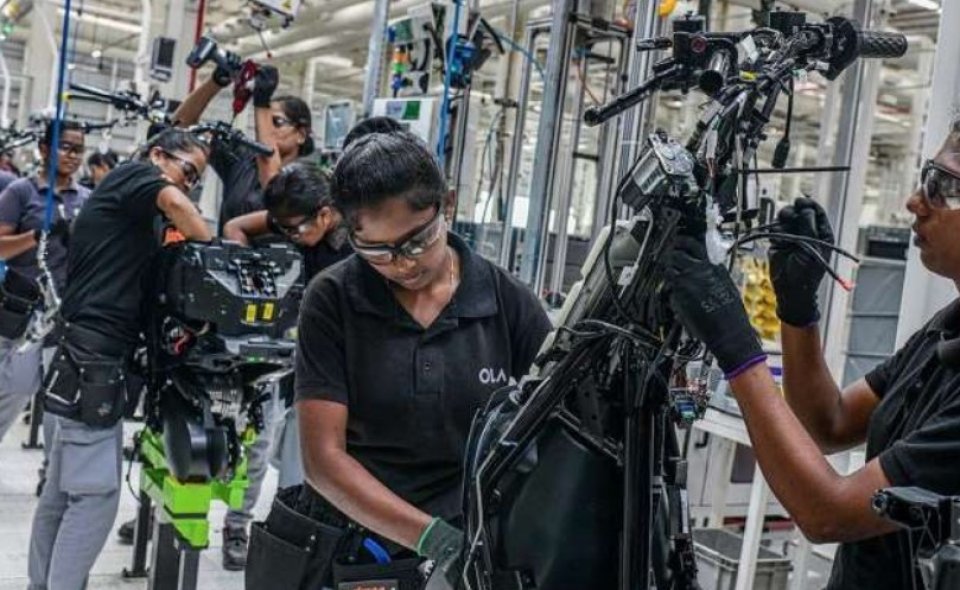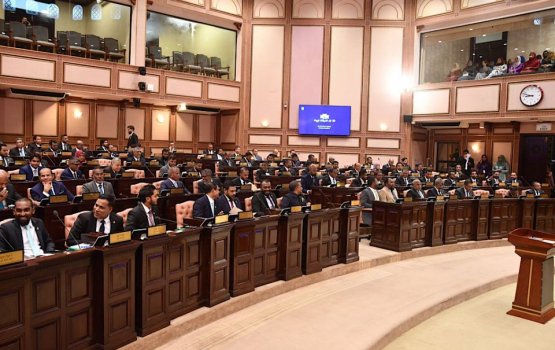Over the past six years, India has witnessed a significant transformation in its labour market, particularly regarding female employment.
Data from 2017-18 to 2023-24 reflects an encouraging trajectory: increased participation of women in economic activities, a declining unemployment rate, a growing share of educated women in the workforce, and rising earnings across various employment categories.
Notably, rural areas have seen a sharp increase in female labour force participation, driven by enhanced engagement in economic activities.
One of the most significant trends in recent years is the increasing engagement of women in economic activities.
The female labour force participation rate (FLFPR), which measures the proportion of women either working or actively seeking work, has shown a steady rise.
In 2017-18, the FLFPR stood at around 23 percent, according to the Periodic Labour Force Survey (PLFS).
By 2023-24, this figure had risen to nearly 32 percent, signalling a shift in societal attitudes and economic structures.
This improvement reflects growing opportunities for women and an increasing willingness among families and communities to support their participation in the workforce.
Women continue to form a significant part of the agricultural workforce, particularly in rural areas.
However, there is also a gradual movement towards diversification into allied activities like dairy farming, fisheries, and horticulture.
Urban areas have seen more women enter fields like education, healthcare, retail, and technology, with these sectors increasingly recognising the value of gender diversity.
Programmes promoting female entrepreneurship, such as 'Stand Up India' and 'Mudra Yojana', have enabled many women to launch small businesses, boosting self-employment rates.
The unemployment rate among women has declined significantly over the six-year period, a reflection of better access to job opportunities and skill development initiatives.
In 2017-18, the unemployment rate for women was recorded at approximately 15 percent, and by 2023-24, this figure had dropped to around 7 percent, as per the Periodic Labour Force Survey (PLFS) data.
According to experts, there are multiple factors contributing to this shift.
Initiatives like 'Skill India' have provided training to millions of women, enabling them to find employment in both traditional and emerging sectors.
The expansion of internet connectivity, especially in rural areas, has created new avenues for remote work and gig economy roles.
Employment-generation schemes like the Mahatma Gandhi National Rural Employment Guarantee Act (MGNREGA) have played a crucial role in creating jobs for women in rural areas.
The presence of educated women in India’s workforce has grown significantly, reflecting increased access to higher education and a shift towards knowledge-based industries.
In 2017-18, educated women made up about 27 percent of the female workforce.
By 2023-24, this proportion had risen to 35 percent, demonstrating a greater alignment between educational qualifications and workforce participation.
Policies like the 'BetiBachao, BetiPadhao' (Save daughters, educated daughters) campaign have emphasised the importance of education for girls, resulting in higher enrolment and graduation rates.
Sectors like IT, biotechnology, and financial services have increasingly attracted educated women, offering roles that align with their qualifications and aspirations.
Women are progressively entering leadership and decision-making roles in corporate and public sectors, providing role models for the next generation.
Women’s earnings have also seen a consistent rise across all employment categories, reflecting the increasing value placed on their contributions to the workforce.
Between 2017-18 and 2023-24, women’s wages grew at an average annual rate of 8 percent.
This rise, while encouraging, still lags behind men’s earnings, highlighting the persistence of the gender wage gap.
A striking feature of this period has been the sharp rise in rural female labour force participation.
While urban areas have also seen progress, rural women have emerged as key drivers of economic activity.
Women in rural areas now play a more prominent role in activities like crop production, livestock management, and small-scale forestry.
Their involvement in allied sectors, such as dairy farming and fisheries, has expanded, contributing significantly to household incomes.
Rural women have increasingly engaged in cottage industries, such as handicrafts, textiles, and food processing.
These activities, often supported by self-help groups (SHGs), have provided them with steady income streams.
The Indian government has taken several initiatives to support female participation in economic activity.
NITI Aayog report has pointed out that self-employment among rural women has occurred across sectors where government support has been prominent.
At the national level, 70 central schemes across 15 ministries focus on supporting entrepreneurship.
The Ministry of MSME (Micro, Small and Medium Enterprises), Ministry of Agriculture, and Ministry of Skill Development lead these efforts.
Programmes like the National Rural Livelihood Mission (NRLM) have empowered women by forming SHGs and providing microfinance.
These initiatives have enhanced women’s financial independence and decision-making power within their households and communities.
The improvements in female employment indicators during this period are closely tied to supportive policies and socio-economic changes.
India’s female employment landscape has undergone a remarkable transformation from 2017-18 to 2023-24.
Enhanced engagement in economic activities, a declining unemployment rate, the rise of educated women in the workforce, and increasing earnings underscore the progress made during this period. (Time of Oman)







